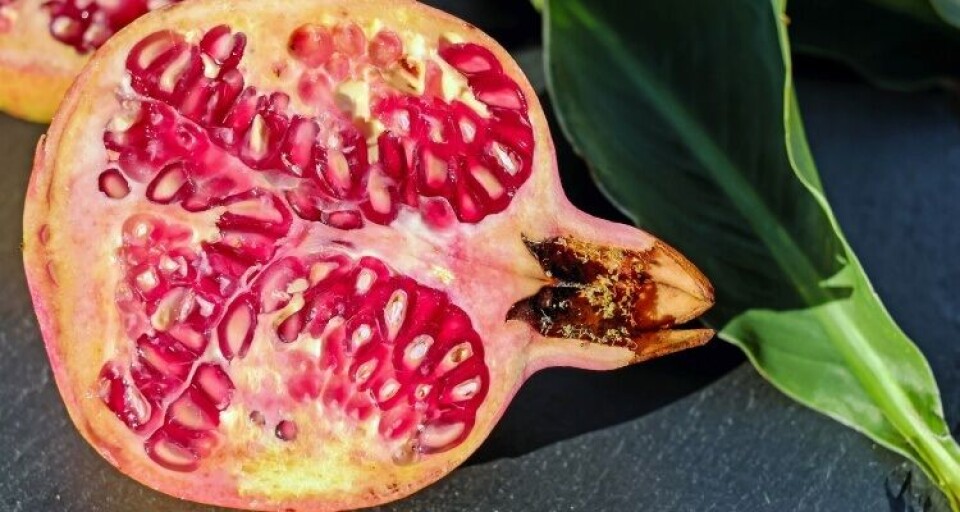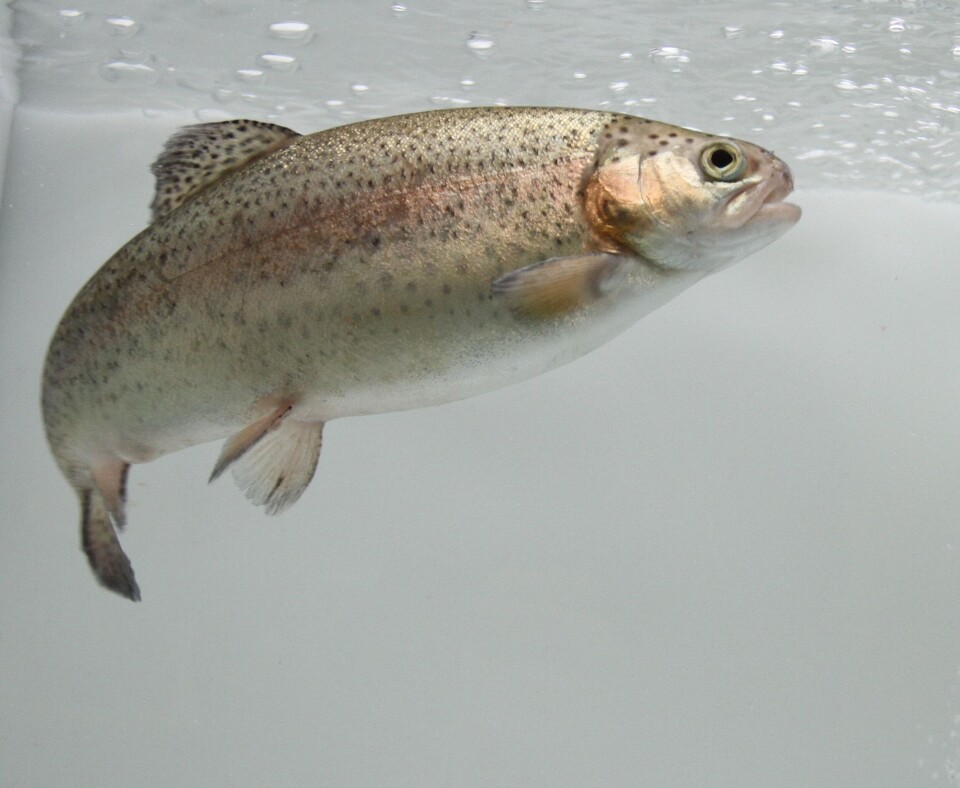
Pomegranate bears fruit in bid to keep fillets fresh
Researchers in Iran and Italy have discovered that pomegranate peel extract combined with chitosan - derived from the chitin shells of shrimp and other crustaceans - can help maintain the properties of frozen trout fillets for up to six months.
Chemical, enzymatic and bacterial components, among others, lead to a loss of freshness in salmonid fillets and shortening their shelf life. Many studies have evaluated different components to extend the conservation of the meat.
Coating with edible materials such as starches, cellulose derivatives, chitosan / chitin, gums, proteins and lipids is one method of preservation.

The non-toxic, biodegradable, bio-functional, bio-compatible and antimicrobial characteristics of the chitosan bio-polymer have been described and tested repeatedly. Chitosan produces a barrier to oxygen which adds to its antimicrobial and antioxidant activities. In addition, chitosan can be mixed with other components to give it additional characteristics.
Antioxidant activity
Properties attributed to pomegranate peel include its healing power, anti-microbial activity, anti-cancer property, anti-atherosclerotic capacities and antioxidants. Greater antioxidant activity of pomegranate peel extract (PPE) was demonstrated in vitro, which was mainly associated with its polyphenol compounds.
Mixing the characteristics of chitosan and PPE, researchers from the Department of Food Hygiene and Public Health at the University of Shiraz in Iran and from the Experimental Station for the Food Industry of Parma, Italy, discovered a coating that allows storage of rainbow trout (Oncorhynchus mykiss) fillets for up to six months, with minimal losses of their properties.
Texture analysis
In the published study, experts coated rainbow trout fillets with four different solutions of chitosan mixed with PPE at concentrations of 0, 1%, 2% and 4%. The samples were then stored at -18°C for six months. Each month the samples were submitted to a microbial, chemical, sensory and texture analysis.
Their results showed that "the best performance to prevent the oxidation of fats and proteins, as well as antimicrobial efficacy, was observed in immersion with chitosan solution and 4% PPE".
However, because the fillets immersed in the 4% solution had an undesirable colour, they concluded that chitosan with 2% PPE has the best average efficiency.
Review the abstract of the study, titled "Microbial, chemical, textural and sensory properties of coated rainbow trout by chitosan combined with pomegranate peel extract during frozen storage", here.






















































